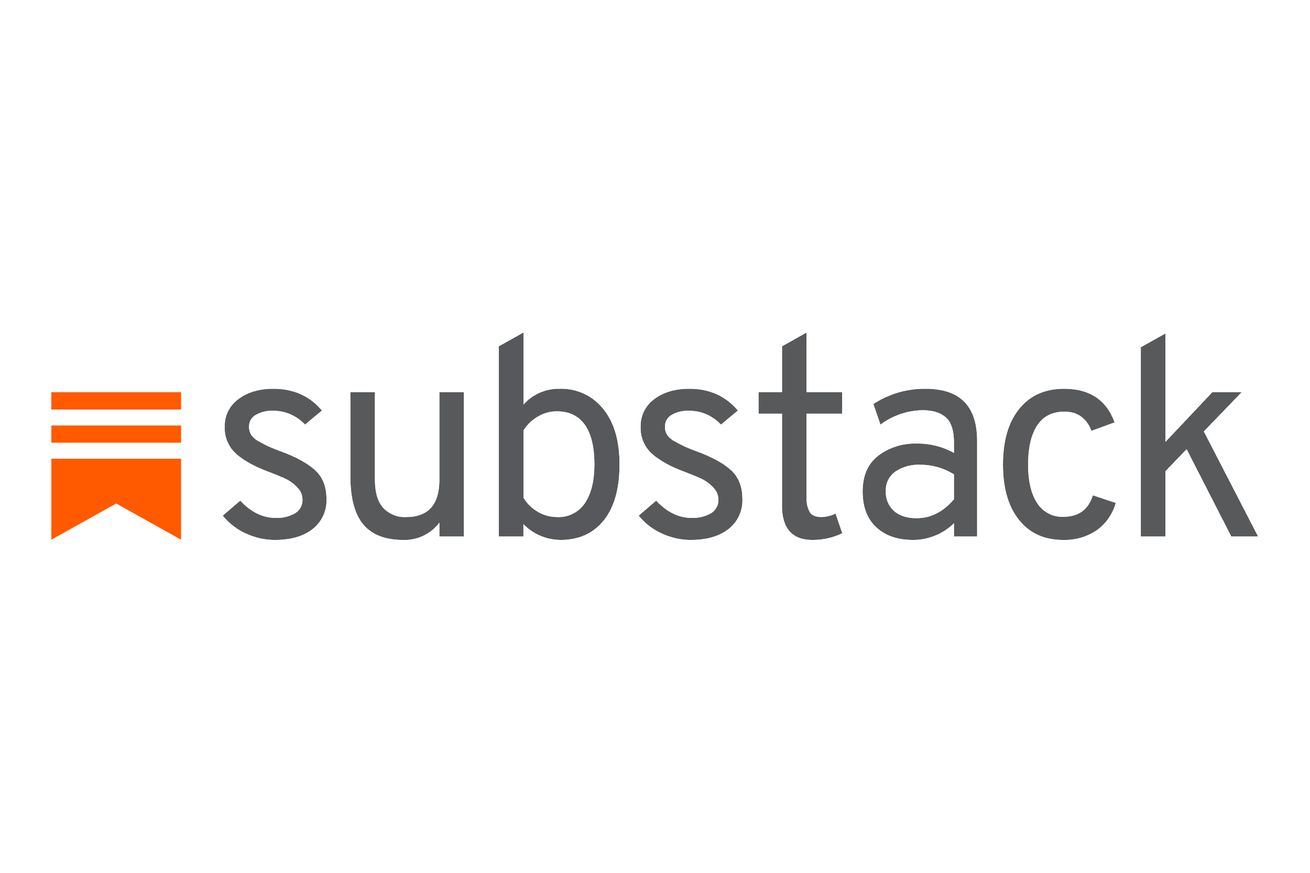
Substack had negative revenue
Is there a funnier phrase in the English language than “negative revenue”?
Look, I felt pretty confident Substack was doing badly when it failed to raise from VC and went to retail investors. (Hot tip: the phrase “financial inclusion” indicates that the speaker thinks you are a sucker.) And there were other signs: the uptick last year of newsletter cross-promotions and then-spokesperson Lulu Cheng Meservey’s desperate hollering for attention. (I will assume any business that hires her going forward is in deep trouble.)
Signs are not the same as numbers, though, and according to a story from The Information this morning, the numbers are rough. Even I was surprised to see that Substack lit $25 million on fire in 2021. And though it had gross revenue of $11.9 million — better than previously reported numbers — it had negative revenue overall.
This is what the Dril candles tweet looks like as a company
Substack raised $65 million in 2021. It burned $25 million that same year to make negative revenue. My friends, this is what the Dril candles tweet looks like as a company.
How does this happen? Like many platforms, Substack’s business model is primarily taking a small cut of subscription costs. If a newsletter makes money, so does Substack. But how do you lose money? Well, in an attempt to woo big-name talent, Substack guaranteed some writers a minimum income. It wound up paying out more than it took in.
We don’t have 2022 numbers. To me, after the appalling 2021 numbers, that’s what the children call a red flag. We do know that Substack took out loans in 2022 — not a great sign since interest rates had gone up and they’d failed to raise more money. The amount of debt wasn’t disclosed, either. Also not great.
Substack did fire 15 percent of staff in 2022 and cut back on its writer programs.
Meanwhile, Twitter was a major place for Substack writers to cultivate their audiences, something Verge contributing editor Casey Newton wrote about in 2021. As of, uh, today, you can’t interact with tweets that have Substack links in them, which limits their spread. That makes promoting Substacks much, much harder. Sure, Substack has launched a social network-y feature called Notes, which is maybe a way of trying to make its app stickier, but I have to say: I don’t subscribe to newsletters to read them in an app!
I’m sort of goofily aghast at the business here and at the audacity of asking to raise from crowdfunding. It is, in its way, darkly funny. Usually in VC-funded media startups, when the platform suffers, the writers suffer. But in this case, because it is so easy to leave Substack with your list and go to another platform — Buttondown, Ghost, Mailchimp — this is a rare case where the writers who made their businesses on Substack will probably be fine. That is, as long as they don’t invest in Substack.

